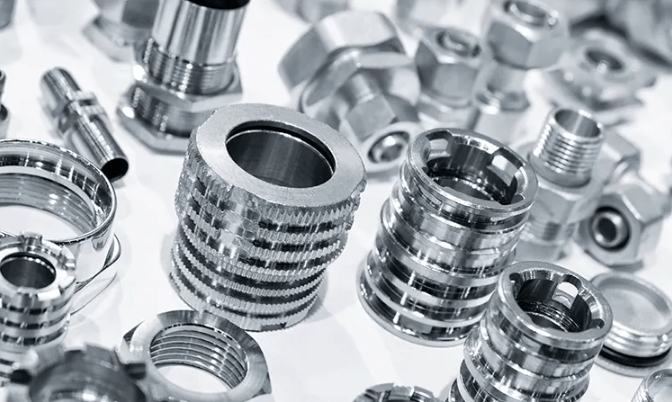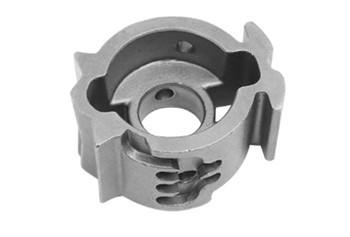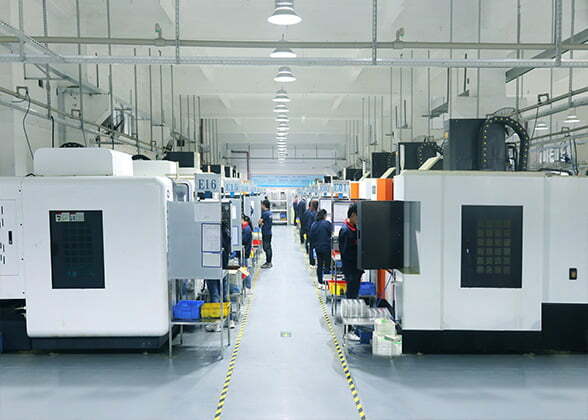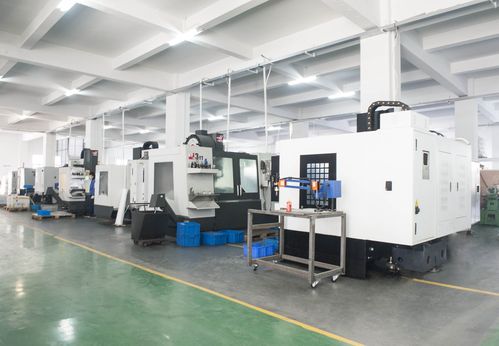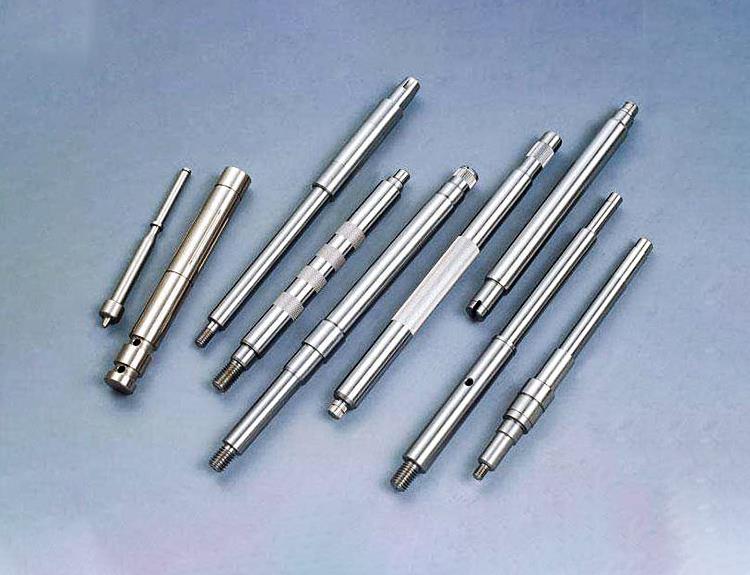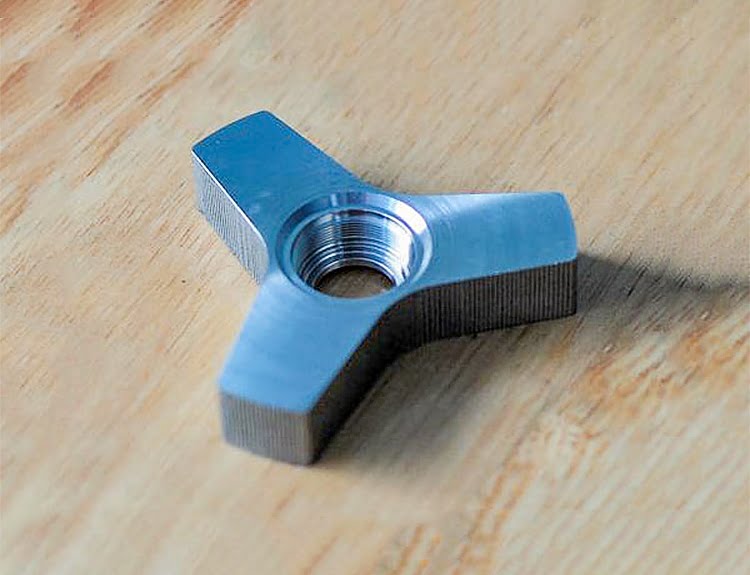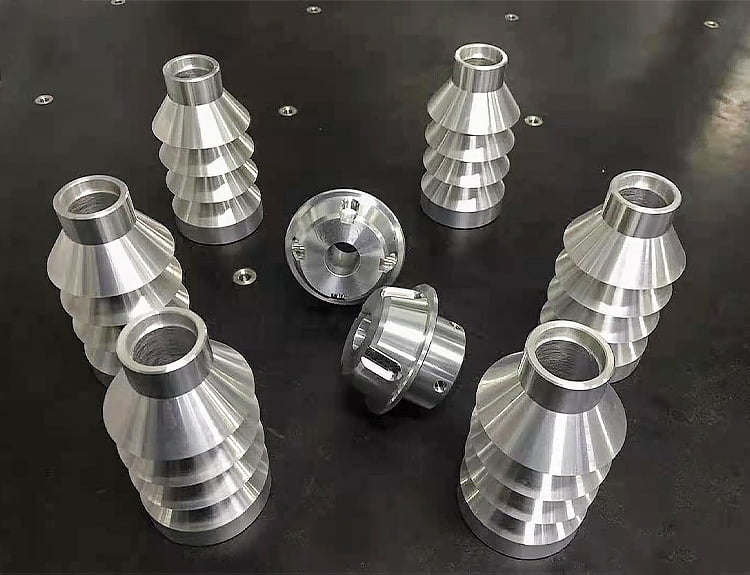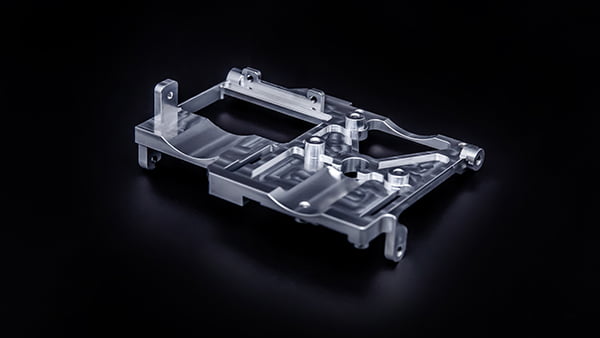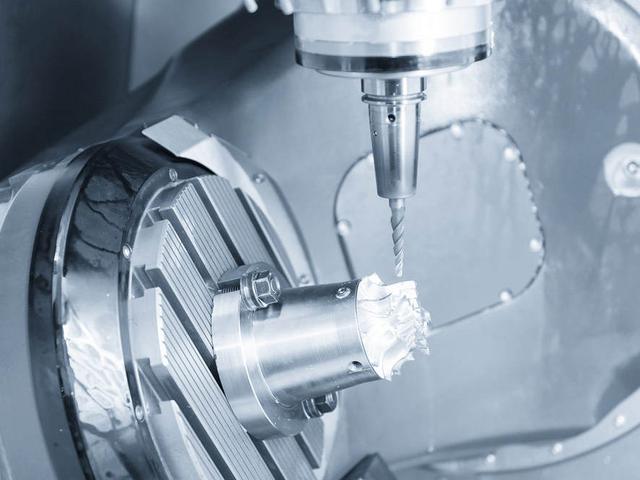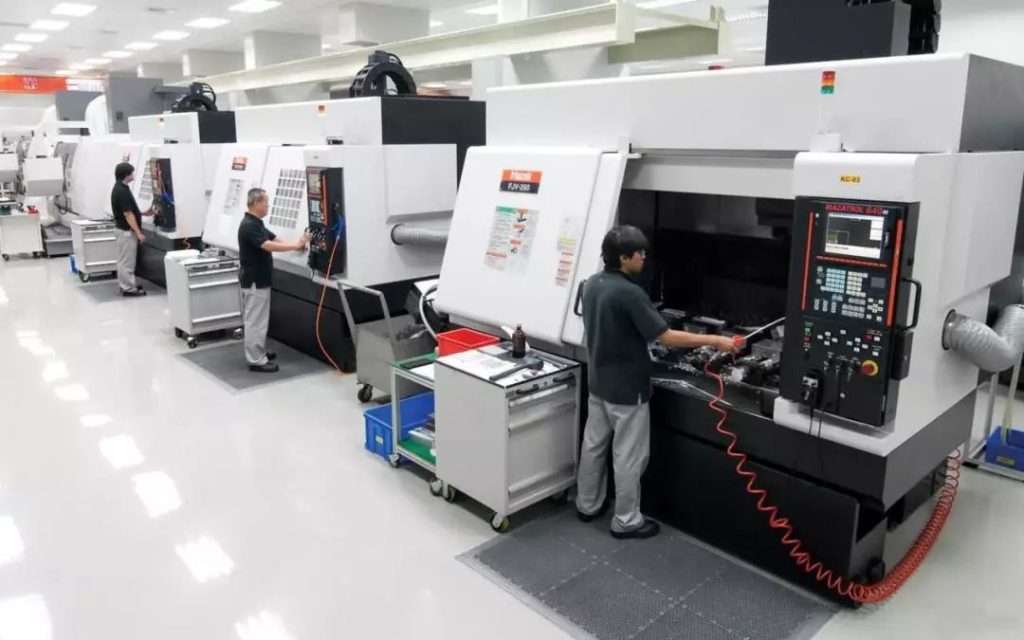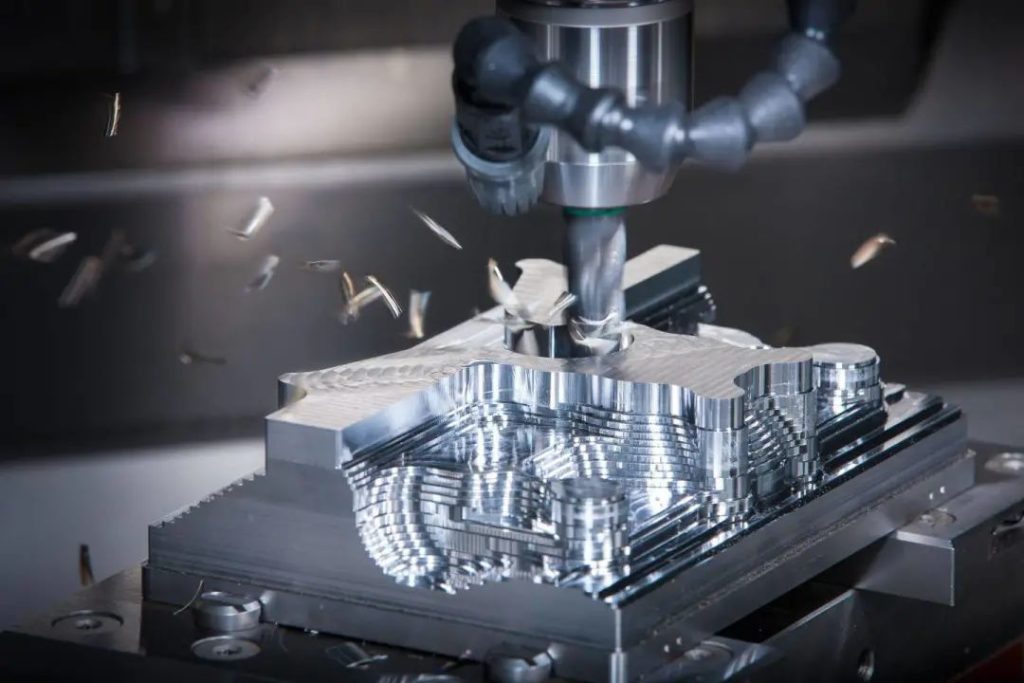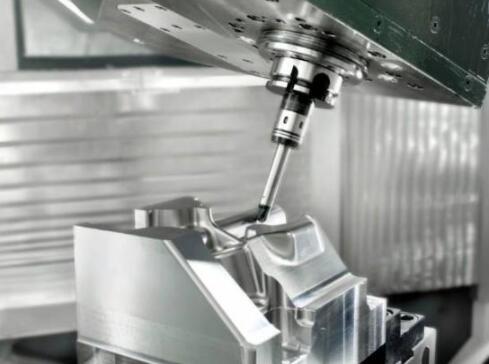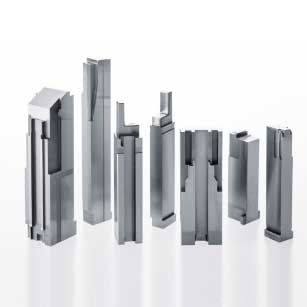Magnesium alloy is an alloy composed of magnesium as the base and other elements. Its characteristics are: low density, high strength, high modulus of elasticity, good heat dissipation, good shock absorption, the ability to withstand impact loads than aluminum alloy, good resistance to organic and alkali corrosion.
The main alloy elements are aluminum, zinc, manganese, cerium, thorium and a small amount of zirconium or cadmium. Currently the most widely used is magnesium-aluminum alloy, followed by magnesium-manganese alloy and magnesium-zinc-zirconium alloy. Mainly used in aviation, aerospace, transportation, chemical, rocket and other industrial sectors. In the practical metal is the lightest metal, the specific gravity of magnesium is about 2/3 of aluminum, is 1/4 of iron. it is the lightest metal in the practical metal, high strength, high rigidity.
1. liquid forming process
1.1 Gravity casting
Magnesium alloy can be produced by different gravity casting methods, such as sand casting, fusion casting, metal mold casting, semi-metallic mold casting, shell casting, etc..
The sand casting of magnesium alloy has experienced the development stage of ordinary clay sand, water glass sand, self-hardening resin sand.
The use of self-hardening resin sand molding core making process can improve the quality of castings, simplify the process procedures, is conducive to the realization of mechanized automation of production and improve mold life, and reduce harmful gases, is the direction of large and complex castings towards precision. Investment casting, also known as lost wax method, is usually coated with several layers of refractory materials on the surface of the wax mold, and after it hardens and dries, the wax mold is melted away and made into a shell, then roasted and poured, and the casting is obtained.
Since As the obtained castings have high dimensional accuracy and surface finish, it is also called "fusion die precision casting".
1.2 low pressure casting
Magnesium alloy generally small heat capacity, solidification interval is large, prone to cracking, uneven filling, segregation and coarse organization and other casting defects, and difficult to produce large, thin-walled or complex structure of the casting.
The use of low-pressure casting smooth filling and sequential solidification characteristics can produce high-quality magnesium alloy castings.
1.3 die-casting
Magnesium alloy melting point is low, the latent heat of solidification is small, fast solidification speed, and the alloy liquid viscosity is low, good fluidity, especially suitable for die-casting production.
But the conventional die-casting parts can not be heat treatment, can not be strengthened by aging. In recent decades the development of vacuum die-casting, oxygenated die-casting and semi-solid die-casting can solve the problem.
Vacuum die-casting in the die-casting process to remove the gas in the cavity, so as to reduce or even eliminate the pores and dissolved gas in the die-casting, improve the mechanical properties of the casting and surface quality.
Oxygen die-casting is in the melt filling before the oxygen or other active gas into the cavity to replace the air in the mold. During the filling process, the active gas reacts with the metal liquid to produce diffusely distributed metal oxides to eliminate gas and porosity in the die casting.
Semi-solid die casting can be divided into rheological die casting and thixotropic die casting.
Rheological die-casting is to transfer the prepared semi-solid slurry directly to the press chamber for die-casting, while thixotropic die-casting is the forming process to reheat the prefabricated semi-solid ingot with fine organization to the semi-solid zone for die-casting.
Whether it is rheological die casting or thixotropic die casting, the metal liquid fills smoothly in the semi-solid zone, avoiding the turbulent filling method, so it can significantly reduce the loosening and shrinkage of die castings.
1.4 Semi-solid casting
Semi-solid forming is a new, advanced process, compared with the traditional liquid forming, has the advantages of low forming temperature, long mold life, improve production conditions and environment, refine the grain, reduce porosity, loosening shrinkage, improve tissue denseness, improve casting quality.
Semi-solid forming can be divided into rheological forming and thixotropic forming.
At present, in the preparation of semi-solid slurry, domestic and foreign scholars have invented different preparation processes, all aiming to obtain the ideal semi-solid tissue with fine, rounded primary particles uniformly suspended in the liquid phase, and then combine different processes for forming to give full play to the advantages of semi-solid forming.
Among them, semi-solid thixotropic injection molding is the most mature, with the advantages of simple process, high degree of automation, has been widely used in the production of magnesium alloy.

2. solid state forming process
2.1 extrusion
Magnesium alloy plasticity is poor, suitable for extrusion molding, generally for warm extrusion and hot extrusion, extrusion temperature is usually 300 ~ 450 ℃. Magnesium alloy extrusion has the following advantages: can refine the grain, by retaining the extrusion fiber structure can improve the strength, can obtain excellent surface quality and good dimensional accuracy.
At present, magnesium alloy tube, bar, profile, strip and other products are mainly used in extrusion forming. But magnesium alloy extrusion also exists extrusion speed is slow, deformation resistance, extrusion processing due to the formation of weave structure caused by the anisotropy of material mechanical properties and other disadvantages.
2.2 forging
Magnesium alloy forging generally has two ways: free forging and die forging. Commonly used to forge magnesium alloys are ZK series and AZ series magnesium alloy.
The mechanical properties of magnesium alloy forgings usually depends on the degree of strain hardening produced during the forging process.
The lower the forging temperature, the more significant the strain hardening effect, however, the forgings are prone to cracking when the temperature is too low, and oxidation is severe when it is too high.
A new technology developed on the traditional forging process, precision forging, can form high-precision, complex-shaped forgings with flow lines distributed along the geometry of the forging, while increasing the load-bearing capacity of the forgings.
In addition, magnesium alloy forging temperature range is narrow, the thermal conductivity is twice that of steel, contact die cooling fast, easy to lead to plasticity reduction, deformation resistance increases, filling performance decreases, so suitable for isothermal forging forming.
Precision stamping and forging forming technology is a new process that combines stamping forming and forging forming, which is a promising process applicable to magnesium alloy forming. Mainly heated magnesium alloy billet in the heating die for stamping and forging, using ordinary mechanical forging machine tools can be, its technical key is the forming die and forming process design, and die temperature, deformation rate and deformation speed and other parameters control.
Compared with die-casting and semi-solid forming process, this technology has the advantages of high production efficiency, high yield and low cost.
2.3 Rolling
Strip and plate of magnesium alloy is generally produced by rolling forming method. Rolling process can refine the grain, improve the organization of magnesium alloy, significantly improve the mechanical properties of magnesium alloy.
Rolling temperature is the key parameter in the rolling process of magnesium alloy. If the rolling temperature is too low, the high stress concentration can lead to twin nucleation and shear fracture,if the rolling temperature is too high, the grains can easily grow and make the plate more hot and brittle.
